KASADYAHAN SA CAPIZ
Sinadya sa Halaran Festival
The Sinadya sa Halaran Festival is the joint festival of the City of Roxas and the Province of Capiz. It is a mixed festival in that it is celebrated for both cultural and religious reasons. It is celebrated every first weekend of December in commemoration of the Feast of the Virgin of the Immaculate Concepcion who also happens to be the patroness of the City of Roxas. Sinadya sa Halaran boasts of colorful activities like the grand parade of festivals, the fluvial parade, the lighted river floaters. There is also the traditional seafood festival and the grand pyrotechnic display.
Sinadya sa Halaran is one of Roxas City’s most important annual events and is fusion of two festivals – "Sinadya" (City) and "Halaran" (Province) which literally means joy in sharing and thanksgiving. It is celebrated on December 4-8 to commemorate the religious activities that embody the true Capiceño spirit. The highlights of the celebration are the Dancing Parade, ”Higantes”, Fluvial Parade, Fireworks display, Mutya sa Halaran beauty pageant, Coronation of the Fiesta Queen, and Agri-Aqua Trade Fair.
Dancing Parade
(street dancing)
Roxas City, Capiz:
Where To Eat In The Seafood Capital Of
The Philippines

No other place in the Philippines is dubbed “The Seafood Capital of the Philippines” but the progressive Roxas City. The flourishing marine agriculture of Capiz‘s economic epicenter even turned the thriving seafood industry into an annual celebration due to its abundance. During my visit, there were neither parades, marching bands, norbanderitas, but there was certainly a gastronomic festival from my mouth down to my tummy.
People’s Park, serves as a hub for recreation and leisure with a picturesque view of the grey sanded shores of Baybay Beach and the vast Sibuyan Sea as the backdrop. Locals and tourist alike flock in the coastal baranggay to hangout, exercise, swim, and above all, to indulge on the savory seafood delicacies of Roxas City.
The succulent juices of seafood and meat dripping into charcoal filled the air with aromatic fumes which comes from the array of restaurants and grills that line up along Baybay Beach. One of the biggest establishments in Baybay is the Seafood Court at People’s Park Plaza which hosts seven independent stalls all under one roof. Choose from a wide variety of delicacies, have them cooked your way, then indulge.
.jpg)
Most of the seafood going to Manila, every day, are from Capiz,” he said, adding that they are being sold at upscale seafood markets in Metro Manila.

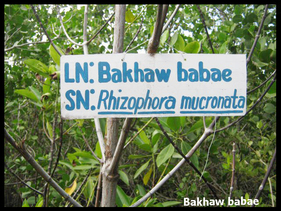
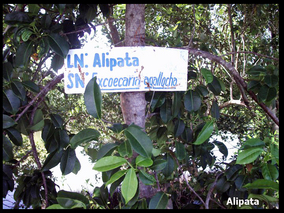
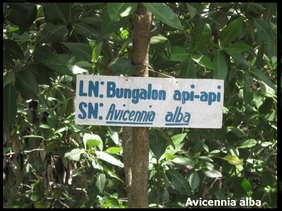
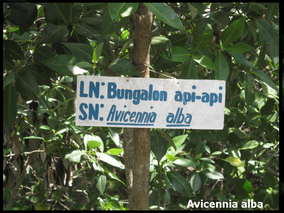
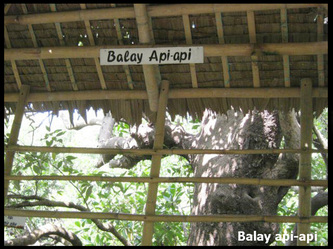
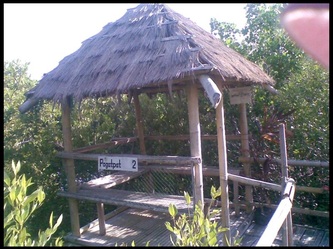
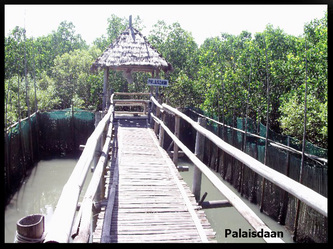
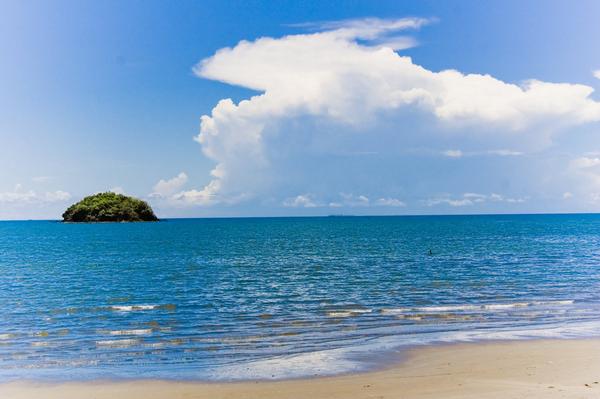




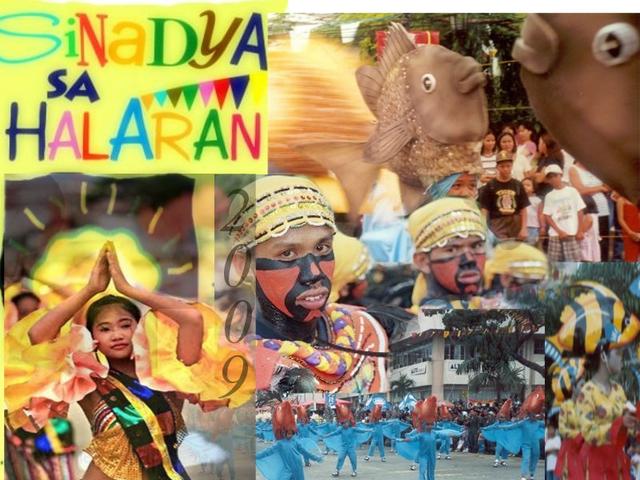








.jpg)